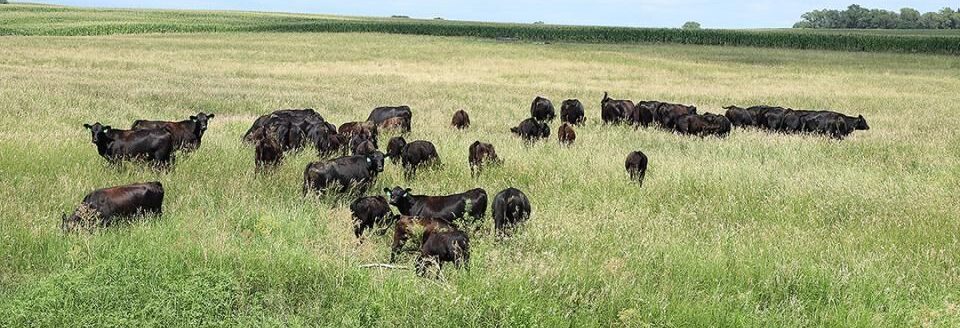Remediation, revival of sacrifice pastures is possible
Sacrifice pastures are a great solution for producers with limited space who want to protect other pastures on the property, while still putting the land to good use.
They can be used for non-grazing purposes like providing hay during the winter and stocking animals temporarily, said Dirk Philipp, associate professor-Animal Science, for the University of Arkansas System Division of Agriculture.
“Unfortunately, these pastures often become more like dry lots over time,” he said. “Due to heavy stocking rates and hay imports over time, the soil tends to get compacted in the entire paddock and has a high nutrient surplus because of hay and defecation. This also causes these pastures to have thin or non-existent grass swards and a high potential for erosion.”
However, this doesn’t mean that remediation of these pastures is impossible.
“These pastures are often smaller, meaning it won’t break the bank to restore sacrifice pastures,” he said.
Philipp gives his advice on turning sacrifice pastures back into productive pastures once they served their purpose:
Take a soil sample to check the nutrient status. See what the soil pH is and the major nutrient levels. Phosphorus levels might be high, but other nutrients may be low.
Select a forage that can help break up compacted soil and is competitive with weeds. Some annual legumes, like crimson or arrowleaf clover, might be a good option. They are a relatively inexpensive way of generating biomass without the need to add phosphorus or nitrogen. Total nitrogen and phosphorus will be relatively high and can have a long-lasting effect, so frugal perennial grasses, tall fescue or native warm season grasses are good choices for reseeding into long-term pastures.
Prepare for high weed pressure. Weed pressure will be high, however it can be eased by preparing the ground for planting. This will also serve as mechanical weed control. Disking will break up compacted areas at least a few inches down. If weeds come up between disking, glyphosate will take care of them. Penetrating the ground will help distribute manure piles. This can even be done by dragging a bar or old tires behind a tractor.
Use herbicides to help grasses thrive. Given the nutrient load, grasses should be able to establish well. Use broadleaf herbicides as needed to ensure the development of a good stand.
Defer grazing. For fields with fescue planted in the fall, forage should only be lightly grazed for the first in late May the following year. Grazing should be skipped entirely the following year if natives were used. However, annual legumes can simultaneously grazed and used for intercropping and soil remediation the first year.
To learn more about pastures and forages, contact your county exetnsion office or visit www.uaex.edu.
